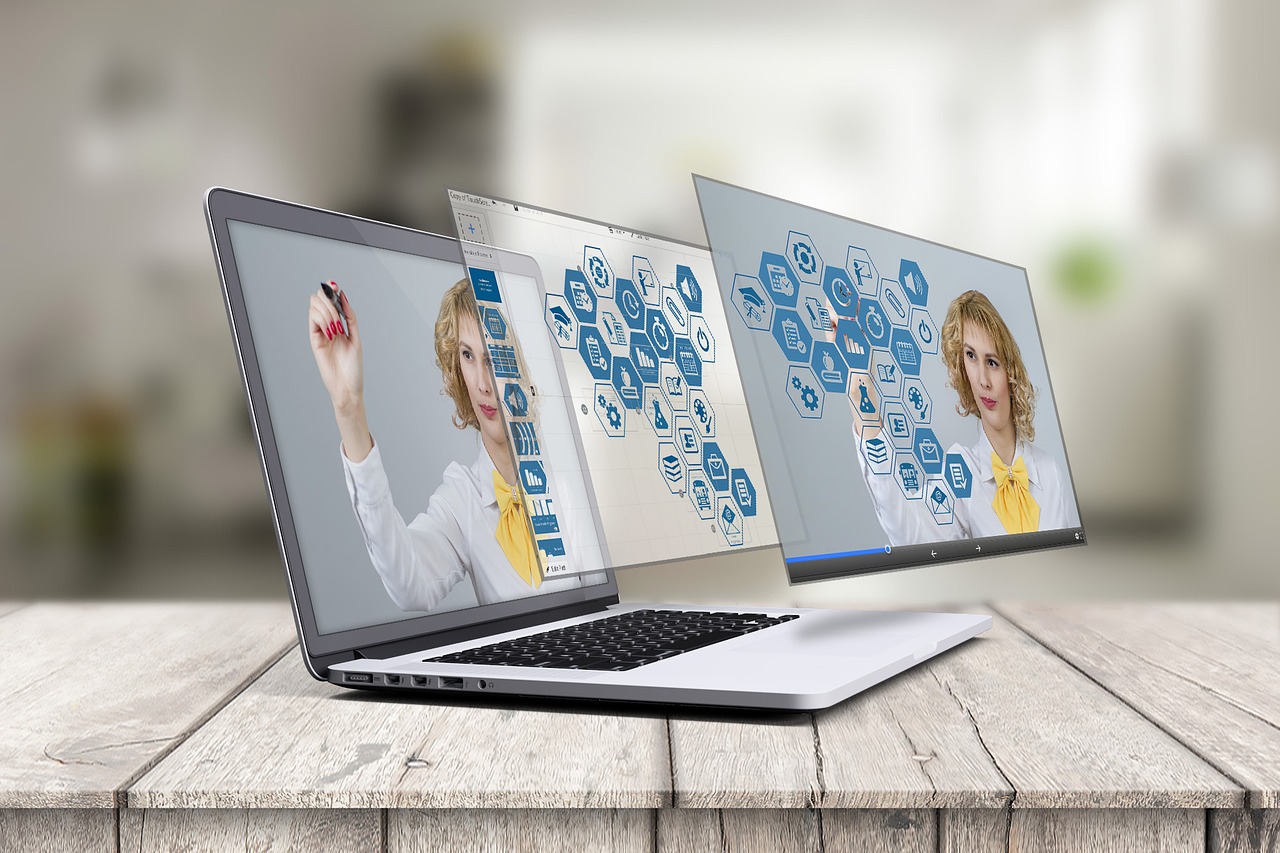OTAN News
A Framework for Understanding Extended Reality
 Image by Mediamodifier from Pixabay
Image by Mediamodifier from Pixabay
We are beginning to see the integration of augmented reality (AR), virtual reality (VR), and mixed reality (MR), collectively known as extended reality (XR), into the education space. As XR makes inroads into the realm of education, it’s helpful to have a framework to understand how XR might be introduced and used in the classroom by teachers and students.
Christine Lion-Bailey, Jesse Lubinsky, and Micah Shippee have developed the XR ABC Framework to better understand how the realities are being used. ABC refers to Absorb, Blend, and Create, different ways that users interact with the realities. This is related to the notion that a lot of technology use is either of the consume or create variety. The three researchers feel that there is a middle ground which they term Blend that is neither strictly consume (or Absorb) nor Create.
Within the Framework, the three researchers have created descriptions for the use of AR and VR depending on the ABC use. You can read more about the Framework in the article A Learning Framework For Augmented And Virtual Reality from TeachThought.
-
Absorb AR – These are experiences in which to observe content that augments or improves the learning experiences with minimal interactivity. This is a natural starting point for using AR in the classroom.
-
Absorb VR – These are experiences which allow users to visit distant and theoretical places to see things with their own eyes from the first-person perspective. This is a natural starting point for using VR in the classroom.
-
Blend AR – These are experiences in which learners have the opportunity to change the outcome of an experience while working within pre-existing content.
-
Blend VR – These are experiences in which learners consume content while at the same time manipulate it, but they are not creating something entirely new. These experiences allow users the opportunity to engage in VR experiences in which they have choice that leads to more meaningful and personalized encounters.
-
Create AR and Create VR – These are experiences that allow students to use their ideas and imagination to demonstrate real learning and understanding. Students become owners of learning architects of content and new experiences in either the AR or VR arena.
Advancements in technology that enable extended reality bring opportunities to teachers and students that allow for experiences previously considered unthinkable. As tools become more accessible to students and with increased educator understanding, we hope to see instructional shifts that better benefit learners. If you would like to learn more about introducing AR and VR in your classroom, please contact OTAN!
OTAN Article: Using Augmented Reality in the Classroom (with links to additional OTAN articles)
OTAN Article: Will Virtual Reality Drive Deeper Learning?

